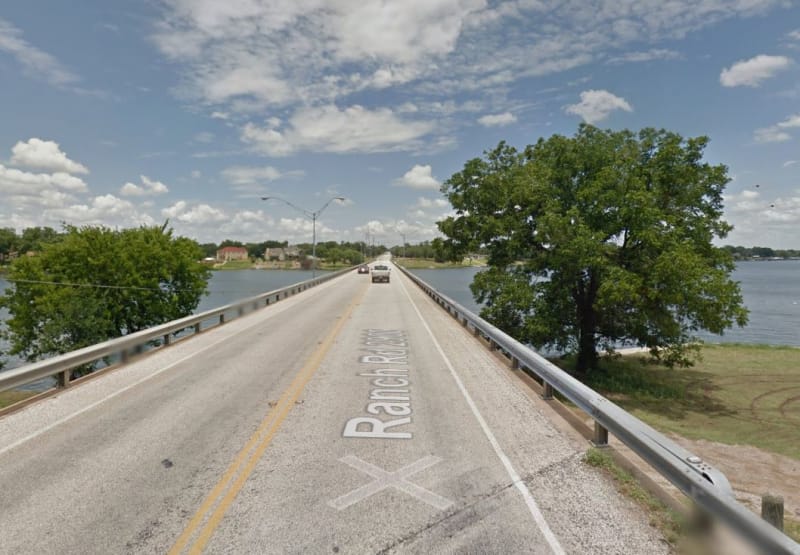There's always going to be a cost vs. risk balancing act when it comes to infrastructure improvements. There is only a finite amount of funding to improve the functionality and safety of roadways, bridges, etc., so the chances of a bridge getting washed away in a particular magnitude of flood and what it would cost to make it so that it doesn't, have to be weighed against the improvements that could be made elsewhere. Every dollar that could have been spent on making that bridge able to withstand this flood, is a dollar that was instead spent elsewhere, to upgrade a different bridge, maybe to replace aging or substandard safety railings so that the next SUV to hit the rail doesn't break through and crush the driver when it lands.
I believe making blanket statements about what should have been done in the design of this bridge, without any knowledge of the costs involved, is frankly rather arrogant. The people who have to make these decisions face the impossible task of keeping the system safe and functional without enough money to do either. If they could predict the future as well as all of us can predict the past, perhaps they would have chosen differently. Then again, no lives were lost when this bridge washed away, so even in hindsight perhaps it was better to spend the limited resources on protecting people's lives.




